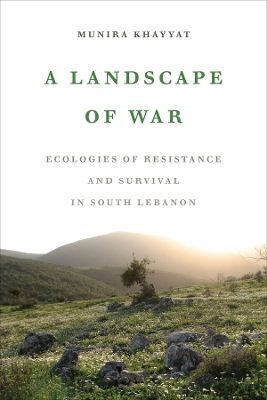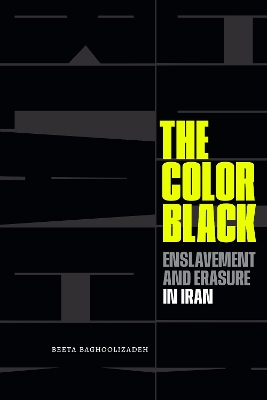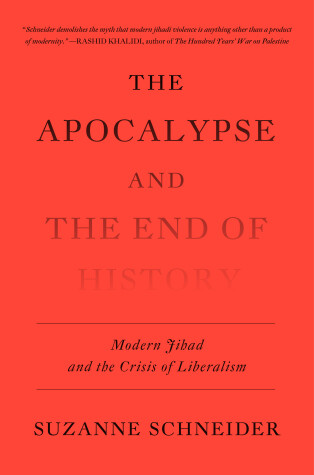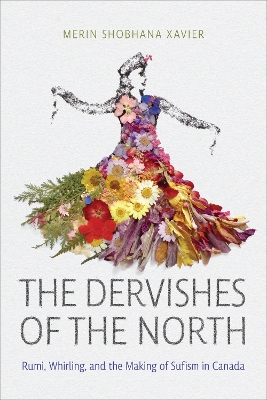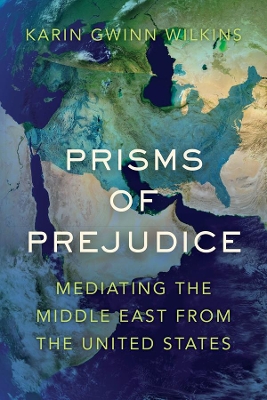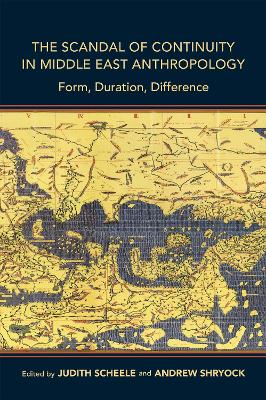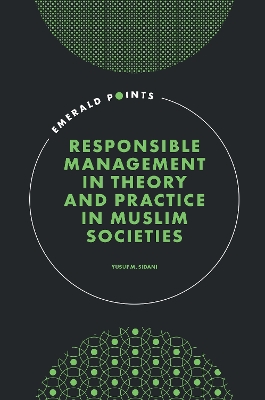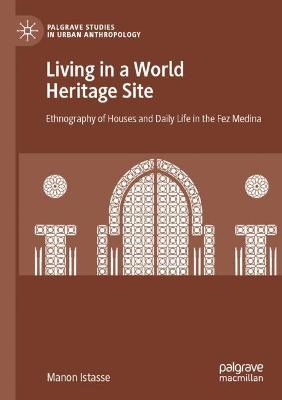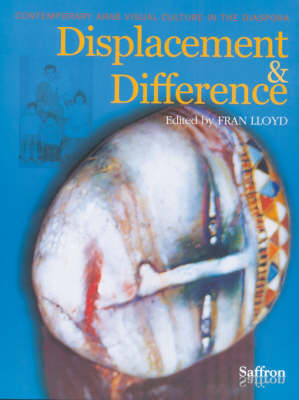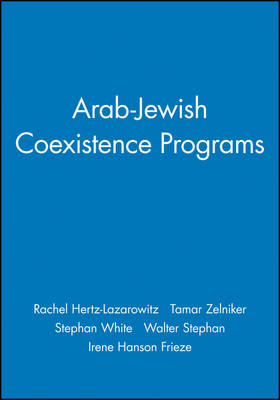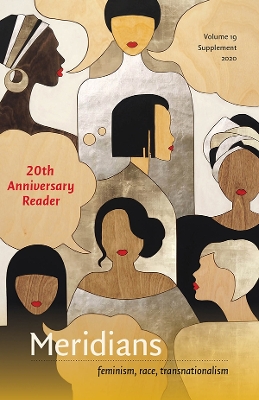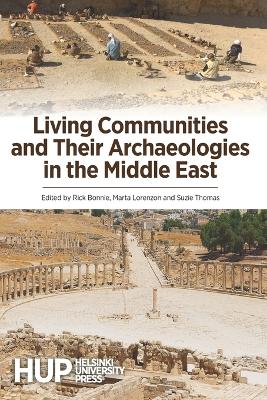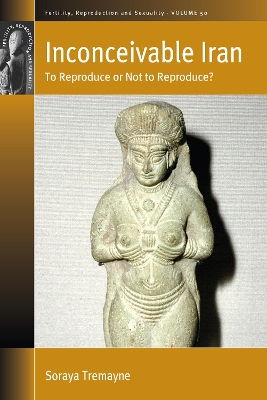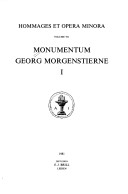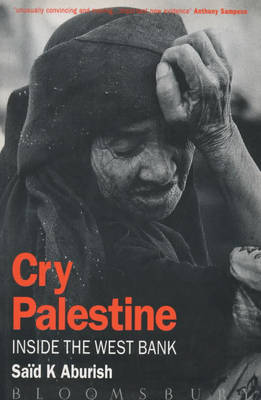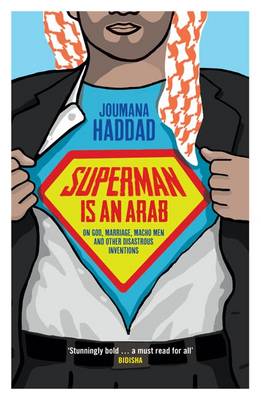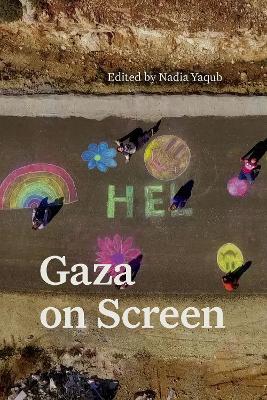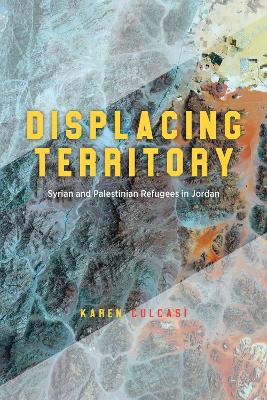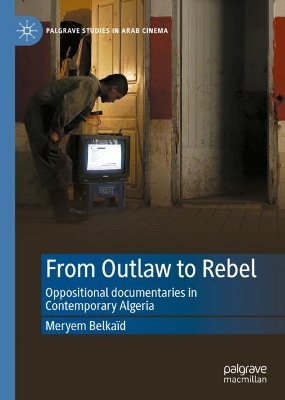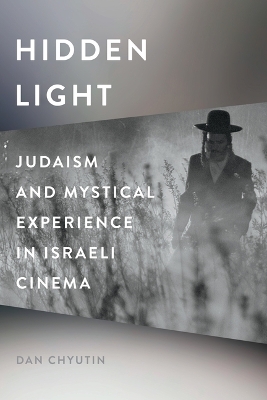What worlds take root in war? In this book, anthropologist Munira Khayyat describes life along the southern border of Lebanon, where resistant ecologies thrive amid a terrain of perennial war. A Landscape of War takes us to frontline villages where armed invasions, indiscriminate bombings, and scattered land mines have become the environment where everyday life is waged. This book dwells with multispecies partnerships such as tobacco farming and goatherding that carry life through seasons of des...
In The Color Black, Beeta Baghoolizadeh traces the twin processes of enslavement and erasure of Black people in Iran during the nineteenth and twentieth centuries. She illustrates how geopolitical changes and technological advancements in the nineteenth century made enslaved East Africans uniquely visible in their servitude in wealthy and elite Iranian households. During this time, Blackness, Africanness, and enslavement became intertwined—and interchangeable—in Iranian imaginations. After the e...
How the political violence of modern jihad echoes the crises of western liberalism In this authoritative, accessible study, historian Suzanne Schneider examines the politics and ideology of the Islamic State (better known as ISIS). Schneider argues that today’s jihad is not the residue from a less enlightened time, nor does it have much in common with its classical or medieval form, but it does bear a striking resemblance to the reactionary political formations and acts of spectacular violenc...
The thirteenth-century Muslim mystic and poet Jalal al-Din Rumi (1207-73) is a popular spiritual icon. His legacy is sustained within the mystical and religious practice of Sufism, particularly through renditions of his poetry, music, and the meditation practice of whirling. In Canada, practices associated with Rumi have become ubiquitous in public spaces, such as museums, art galleries, and theatre halls, just as they continue to inform sacred ritual amongst Sufi communities. The Dervishes of...
Media do not reflect: media refract. In the United States, established and enduring prisms of prejudice about the projected "Middle East" are mediated through popular culture, broadcast news, government mission statements and official maps. This mediation serves to assert political boundaries and construct the United States as heroic against a villainous or victimized Middle East. These problematic maps and narratives are persistent over time and prevalent across genre, with clear consequences e...
The Scandal of Continuity in Middle East Anthropology (Public Cultures of the Middle East and North Africa)
Despite a rich history of ethnographic research in Middle Eastern societies, the region is frequently portrayed as marginal to anthropology. The contributors to this volume reject this view and show how the Middle East is in fact vital to the discipline and how Middle Eastern anthropologists have developed theoretical and methodological tools that address and challenge the region's political, ethical, and intellectual concerns. The contributors to this volume are students of Paul Dresch, an an...
Responsible Management in Theory and Practice in Muslim Societies (Emerald Points)
by Yusuf M. Sidani
Responsible Management in Theory and Practice in Muslim Societies delineates principles of responsible management from an Islamic perspective, exploring the concept of responsibility in Islamic religious texts, and how the understanding of responsibility evolved in Islamic jurisprudence. He explains aspects of individual and group responsibility in Islam and the dissonance between theoretical discourse and practical application. Yusuf M. Sidani focuses on the factors that have both facilitated a...
Living in a World Heritage Site (Palgrave Studies in Urban Anthropology)
by Manon Istasse
Through a thick ethnography of the Fez medina in Morocco, a World Heritage site since 1981, Manon Istasse interrogates how human beings come to define houses as heritage. Istasse interrogates how heritage appears (or not) when inhabitants undertake construction and restoration projects in their homes, furnish and decorate their spaces, talk about their affective and sensual relations with houses, face conflicts in and about their houses, and more. Shedding light on the continuum between houses-a...
The polyethnic contexts of societies provide a particular situation in which people with various languages, religion, and cultures live within the same geographical space. In Iran, a highlevel ethno-lingual diversity is present, for example Lor, Kurd, Gilak, Arab, Balouch, Turk, Turkmen and religious groups such as Assyrians, Armenians, Jews, and Zoroastrians. Therefore, as a polyethnic society, this country is not an exception in ethnic debates. On the other hand, Iran as an old, polyethnic, an...
Displacement and Difference: Contemporary Arab Visual Culture in the Diaspora brings together artists, curators, critics, and scholars from a range of geographies who engage with the multiplicity and diversity of Arab identities imaged by contemporary Arab artists in the diaspora. Centring on images produced by artists working in the diasporas of Britain, Palestine and the United States, the authors rethink the processes which constitute 'belonging' (and therefore 'unbelonging') through gender,...
Arab-Jewish Coexistence Programs (Journal of Social Issues)
Israeli Jewish and Arab intergroup relations experts within Israel have developed innovative coexistence programs. These programs consist of educational efforts designed to improve relations between Israeli Jews and Israeli Arabs. This issue presents theory, methods, and data from these coexistence programs. Studies the diverse Israeli coexistence programs, which attempt to improve relations between Israeli Jews and ArabsAddresses conceptual and theoretical issues involved in establishing condit...
This critical anthology consists of thirty of Meridians’s most frequently cited, downloaded, and anthologized scholarly essays, activists reports, memoirs, and poems since its first issue was published in fall 2000. The forty authors featured are a virtual who’s who of internationally renowned feminist women-of-color scholar-activists (such as Sara Ahmed, Angela Davis, Sonia Alvarez, Paula Giddings, and Sunera Thobani) and award-winning poets (such as Nikky Finney, Laurie Ann Guerrero, and Suhei...
Inconceivable Iran (Fertility, Reproduction and Sexuality: Social and Cultural Perspectives)
by Soraya Tremayne
Celebrating the 50th volume of the landmark Fertility, Reproduction and Sexuality series, this book offers a much-needed analysis of shifting reproductive policies and practices in the Islamic Republic of Iran, a society that is usually represented as either “revolutionary” or “oppressive.” Instead, Tremayne reflects on more than four decades of research arguing that changing reproductive behaviors on the part of ordinary Iranians must always be viewed against the backdrop of core cultural va...
Monumentum Georg Morgenstierne. 1. (Acta Iranica, #21)
A portrait of Palestinian life in the West Bank during the Israeli occupation.
This is not a manifesto against men in general. Nor is it a manifesto against Arab men in particular. It is, however, a howl in the face of a particular species of men: the macho species, Supermen, as they like to envision themselves. But Superman is a lie. In this explosive sequel to I Killed Scheherazade, Joumana Haddad examines the patriarchal system that continues to dominate in the Arab world and beyond. From monotheist religions and the concept of marriage to institutionalised machismo an...
Gaza’s long association with resistance and humanitarian need has generated a complex and ever shifting range of visual material, comprising not just news reports and documentaries, but also essay, experimental, and fiction films, militant videos, and solidarity images. Contributors to Gaza on Screen, who include scholars and Gazan filmmakers, explore the practice, production, and impact of film and videos from and about the Gaza Strip. Conceptualizing screens—both large and small—as tools for m...
Displacing Territory explores the core concepts of territory and belonging—and humanizes refugees in the process. Based on fieldwork with Palestinian and Syrian refugees in Jordan, Displacing Territory explores how the lived realities of refugees are deeply affected by their imaginings of what constitutes territory and their sense of belonging to different places and territories. Karen Culcasi shows how these individual conceptualizations about territory don’t always fit the Western-centric...
This book analyzes the rise of socially and politically engaged Algerian documentaries, created in the period immediately following the end of the Algerian civil war (1991-1999). It uses case studies to highlight the works of four Algerian filmmakers, and devotes a chapter to each: Malek Bensmaïl, Hassen Ferhani, Djamel Kerkar, and Karim Sayad. The book makes visible productions that have been overlooked not only in distribution circuits but also within academia, and examines the political signi...
Hidden Light (Contemporary Approaches to Film and Media)
by Dan Chyutin
Over the past several decades, the prevailing attitude toward Judaism in Israeli society has undergone a meaningful shift; where the national ethos had once deemed Judaic traditions a vestige of an arcane past incompatible with the culture of a modern state, there is now greater acceptance of these traditions by a sizeable part of Israeli society. Author Dan Chyutin reveals this trend through a parallel shift toward acceptance and celebration of Judaic identity and lifestyle in modern Israeli ci...
